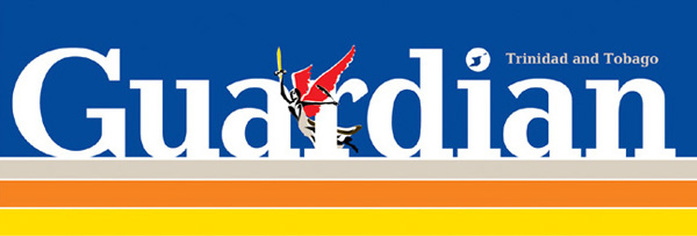His requests were for information connected to CL Financial. Requested documents included audited financial statements, presentations to Parliament, and a list of creditors.
There is much to dwell on in the official Government response. The tactics to thwart Mr Raymond requests for transparency are themselves suggestive, as is Mr Raymond’s question – “what is the big secret?”
For those interested in the official correspondence and more details of the case, Mr Raymond’s blog can be found here http://afraraymond.wordpress.com/
The legal drama playing out between the two parties is reminiscent of work the anthropologist Marilyn Strathern did in pre-1975 Papua New Guinea. There she asked a similar question: “what does visibility conceal”?
By this she meant transparency is never accomplished. Yes, transparency implies clarity, visibility and openness. But transparency in Government, organisations and amongst the powerful is more ritual than outcome. Not to mention that what might be seen and transparent for some, can often be off-limits and opaque for others.
In this sense transparency – the supposed watchword for good governance – is a negotiation. And as a negotiation transparency plays out in ritual forms. In our own society this means a dance through the courts with lawyers, various forms, and shifting goal posts. And this is where Strathern’s work is revealing.
In her studies of tribes in Mt Hagen, Papua New Guinea, she wrote about how the big men of the tribes had competitive public ceremonies of gift giving and dancing. They put themselves on display in grand regalia and special decorations to counter the “scepticism and doubt” many villagers had about their benevolence and trustworthiness.
Strathern said such ceremonial displays were a competition between big men designed to “engage an audience,” and the spectators seemed to believe that what was shown on the outside – power, generosity and goodwill – was a representation of the person inside.
This public display or negotiation was meant to turn people into witnesses. With spectators evaluating the competing claims of the big men, about who’s power was greatest, through their outward appearance.
In this way spectators gained a sense of power being transparent. The crux however is that this was never real transparency, and over months the spectators – who’s lives changed little with the selection of each new big man – came to realise this too. Yet the ritual played out again and again.
Legal dramas over transparency in Western Governments and specifically FOIA requests can be understood in a like manner.
Yes, Governments and professional bodies appeal to the morality and importance of “transparency.” This is seen around the world where many such institutions decorate themselves as “open for business.” Offering a new transparent type of governance, where there are “checks and balances,” legal avenues to request Government documents, and ways to hold members “accountable”. In this way what was previously invisible – power through bureaucratic action – is supposedly made visible.
Yet in reality these Governments and organisations engage their own congregations in a similar grand display and ritual as the big men of Papua New Guinea. Governments purport to show the public the ethical and moral insides of their administration of power. And we as spectators come away with our ears full of the right language and words: witnesses to the will for disclosure.
But are we really witnesses to transparency? As Mr Raymond is experiencing, and many local Graduate students can attest, submitting FOIA requests rarely ends in the “transparency” promised or hoped for.
So another way to think about the issue of transparency then is to recognise the word as a cultural ritual.
Understood on Strathern’s terms Western Governments, organisations and professionals that now pay much lip service to their “transparency” and support it with the right language are less concerned with making the invisible visible, and more with acknowledging and tempering a more general feeling of mistrust amongst the general public.
Just as in Papua New Guinea our big men and women make grand displays of their own trustworthiness and openness in order to counter cynicism and get votes. The rituals of transparency – the courts, the language of full disclosure and more – are used to conceal the visible because appearance rather than substance is the logic of the negotiation.
http://guardian.co.tt/columnist/2013-09-01/making-invisible-visible

 RSS Feed
RSS Feed